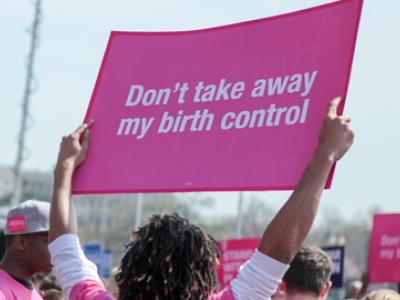Aborto

Aborto
Ireland and the US Supreme Court on abortion rights (Roe v Wade)
Legal reasoning for the US Supreme Court ruling was that abortion rights were never expressly mentioned in the US Constitution and that Roe v Wade was a wrongful interpretation of the Constitution
Summary
- Ireland and US, common law countries
- What does common law mean, exactly?
- The US Supreme Court ruling overturning Roe v Wade
- What now?
1. Ireland and US, common law countries
Now, Ireland is a catholic country, everybody knows that. And it is also well known how Ireland resisted in denying abortion rights to women, which resulted in so many Irish women having to travel to UK to terminate pregnancy.
And yet, Ireland has overturned all this and more, through subsequent referendums from 2015 to 2018 which legalised same-sex marriage and abortion.
What do Ireland and US have in common? They are both common law countries, meaning that legal systems are very similar, both stemming from the UK legal system which has the most ancient roots.
In a civil law country like Italy, lawyers and legal professionals may wonder how a judgment can possibly change the law, as in the case of the US Supreme Court ruling on 24th June 2022, which stroke down abortion rights for women by overturning an old judgment, Roe v Wade (1973). In Italy only the law (i.e., a piece of legislation) can overturn a legal principle, and, even more so, not even the (ordinary) law can affect a constitutional legal right.
2. What does common law mean, exactly?
This is indeed the distinguishing feature between common law and civil law. Common law (i.e., case law) is a system of rules determined by binding judicial precedents, whereas civil law systems rely on established codes (i.e., legislation enacted by Parliament or other bodies) and court judgments are not acknowledged as “law”.
Obviously, common law systems too have legislation, which can be primary legislation – Acts of Parliament (also called statutes) – or secondary legislation – statutory instruments, byelaws, etc – but the judiciary is, together with the legislature and the executive, a law-maker body recognised as such by the legal system.
In a sources of law perspective, legislation is the most authoritative source of law and ranks above court judgments – meaning that the courts may not challenge legal principles established by law, but they can interpret the law when it is unclear or not entirely straightforward.
However, since traditionally the common law (again, read “case law”) was the most important and widely acknowledged source of law, legislation happened to catch up on the legal principles established by the courts rather than the other way around.
3. The US Supreme Court ruling overturning Roe v Wade
So, court judgments open up the way and legislation will follow.
This mechanism also explains why right after the US Supreme Court ruling that overturned the precedent Roe v Wade, the States of the Federation will be working around the clock to enact pieces of legislation (the so called “trigger laws”) which will either ratify the ruling or establish a different position in order to guarantee that abortion is still legal.
So, after the US Supreme Court ruling, women in America – just like in Ireland until the referendum in 2018 – will be forced to travel to another State where abortion remains a legal procedure or still try to terminate unwanted pregnancies by other means (such as abortion pills) which may put at risk these women’s health or life.
Legal reasoning for the US Supreme Court ruling was that abortion rights were never expressly mentioned in the US Constitution and that Roe v Wade was a wrongful interpretation of the Constitution which led to a similarly wrongful outcome – i.e., the recognition of abortion rights.
In my experience as a lawyer, almost every rule or piece of legislation can be interpreted in more than just one way. However, interpretation of the law is an incredibly sterile exercise when it disregards the reality, life, beliefs, spirits of the humanity which will be affected by that interpretation. Regarding the recent US Supreme Court ruling, we must admit that the US Supreme Court position is backed up by a large number of Americans as well as a consistent part of the political parties in US – so this ruling, striking down abortion rights, ultimately did not come as a surprise.
4. What now?
Personally, and from my standpoint as a person and a lawyer, I believe that this US Supreme Court ruling is an incredibly huge step back (and fall) on the field of human rights protection.
I am sympathetic with those in America who are not white, males, catholic and heterosexual as from this ruling onwards, their rights will be on the line.
In terms of legal mechanisms, the first way to fight this is through the enactment of laws and pieces of legislation by the States of the Federation, in order to put boundaries to the spread of the US Court ruling.
Also, we know that the US Supreme Court can overturn its own precedents. In the issuing of this ruling, three judges of the Court expressed their dissenting opinions – even though they were outnumbered for the other five judges in the final outcome.
In common law systems, dissenting opinions have always been one of the keys to fight the rigidity of the system as far as the binding judicial precedent is concerned, meaning that appeals and overturning of precedents are generally based on arguments set out in dissenting opinions relevant to the original judicial judgment itself. So, it is only fair to hope that the dissenting opinions of the three US Supreme Court judges in this ruling be the leverage which may lead to the US Supreme Court to correct this horrific step back for women’s rights.



